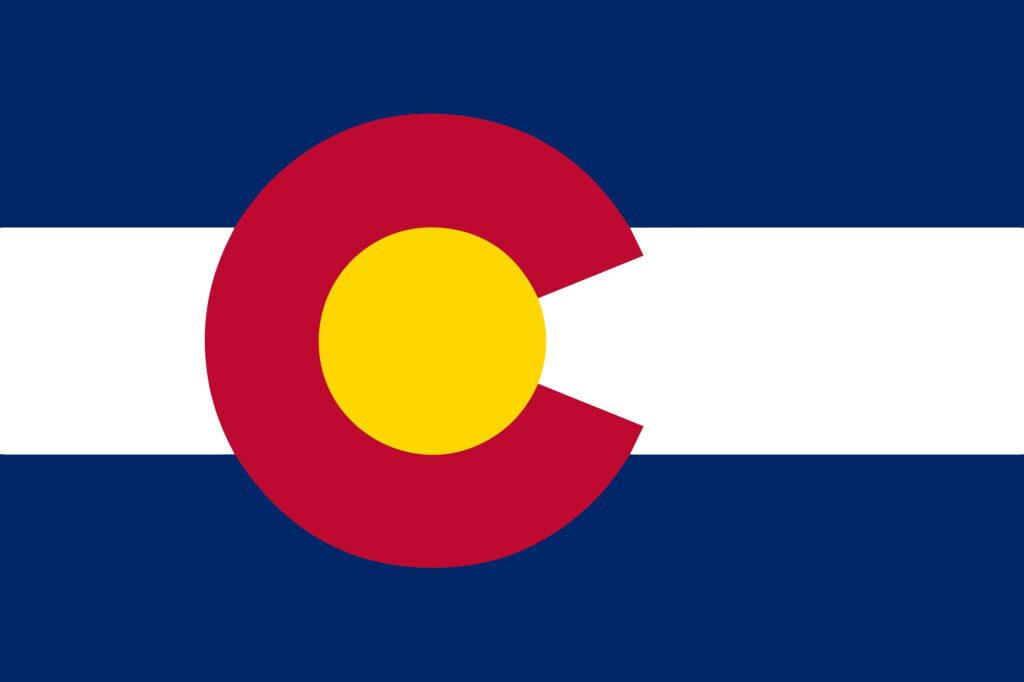Federal bailout of Florida is far from a sure thing
As Florida’s 2013 legislative session draws near, state lawmakers once again are preparing to examine reforms to the Sunshine State’s property insurance system. Most notable, of course, are proposals to shrink the state-run Citizens Property Insurance Corp. and/or the Florida Hurricane Catastrophe Fund.
As Insurance Journal recently reported, the state Senate Banking and Insurance Committee has taken the lead thus far this year, with the panel entertaining a series of reform plans – including a detailed proposal from Insurance Commissioner Kevin McCarty – in a recent all-day hearing.
Despite some rumblings that the state’s Democrats, led by Senate Minority Leader Chris Smith, D-Oakland Park, would oppose any reform measures that result in higher insurance rates, we at the R Street Institute remain optimistic that real reforms could pass this year, and that they ultimately would receive bipartisan support. As has long been the case in Florida, geography, rather than party affiliation, is actually the bigger divide on the issue of property insurance reform.
But before reform can move forward, it is crucial that lawmakers be educated about the facts on the ground. One common misimpression, both in the Legislature and among the state’s congressional delegation, relates to the federal “bailout” option they presume to be on the table. Under the doomsday scenario that Florida is visited by one or more major hurricanes this year or in some coming year, and the state-sponsored insurance mechanisms find themselves not just bankrupt, but unable to raise a sufficient amount of money in the capital markets to fund their immediate needs, it is assumed that Florida would be able to turn to the federal government for assistance. As Insurance Journal put it in one recent piece:
The idea that the federal government would provide a financial backstop in the event Florida found itself unable to cover the damages from a major storm has long influenced public policy. The fact that Congress allocated $50 billion in federal aid to help rebuild portions of New Jersey, Maryland, New York, and Connecticut hard hit by Superstorm Sandy supports the idea that the federal government would likely come to Florida’s rescue in a similar situation.
This misimpression, it appears, is clouding some lawmakers’ judgment about what is or is not possible, as the article also notes:
(Senate Banking and Insurance Committee Chair David Simmons, R-Altamont Springs) said the Sandy example of the willingness of the federal government to provide that level of financial support in the event of a major disaster could prove a disincentive for some lawmakers to make major reforms, especially if that means raising rates.
“There are those I want to point out who think it is okay to sell policies at unsound rates because we will be bailed out,” said Simmons.
But it’s important to keep in mind that, among that $50.5 billion in Sandy aid, not a penny went for items that were covered by private insurance. Insurance Journal actually provided the breakdown, noting that the $16 billion of CDBG funds (only $3.9 billion of which is set aside solely for Sandy-related projects) are to be used for “rebuilding roads and hospitals, other infrastructure projects, helping small businesses reopen, restoring utilities and providing rental subsidies.”
Other purposes to which the Sandy aid is earmarked include $11.49 billion for FEMA’s disaster relief fund, which covers shelter, restoring utilities and other immediate needs; $10.9 billion for transit system recovery; $5.35 billion for Army Corps of Engineers projects; $2 billion to repair federal highways; and then smaller amounts for National Oceanic and Atmospheric Administration projects and repairs to Coast Guard and Veterans Affairs facilities.
Essentially, that is, the aid goes toward immediate disaster needs and to repair infrastructure, primarily federal infrastructure. Small businesses also can receive special low-cost loan terms and some individuals may receive small grants to repair damage to unattached structures on their properties, like sheds or garages. But the federal government quite explicitly does not pay to cover items that property owners could, and should, have insured privately.
That represents a problem for Florida in the event that Citizens and the Cat Fund do go bust. There is no precedent for the federal government to bail out a state-run insurance mechanism and no one can assume that the federal government would bail out a state-run insurance mechanism.
In fact, as economists C. Randall Henning and Martin Kessler show in their paper Fiscal Federalism: U.S. History for Architects of Europe’s Fiscal Union, the last time the federal government intervened in any way to absorb the debt of a state was after the War of 1812. The original Bank of the United States did take on states’ war debts both from that war and from the Revolutionary War.
But the federal government refused to step in during the Panic of 1837, when eight states (along with the then-territory of Florida) defaulted on their debts to creditors like the United Kingdom and the Netherlands. There hasn’t been a federal bailout of any state ever since.
And there’s fairly good reason to suspect that the political resistance to bailing Florida out of its self-imposed woes would be quite strong. During debate of the Sandy supplemental, there was a strong contingent of voices who objected even to raising the National Flood Insurance Program’s borrowing authority to pay Sandy flood claims, even though the NFIP is contractually obligated to pay all of its claims. Imagine the outcry that would emerge from the halls of Congress at the notion that taxpayers in West Virginia or Arkansas should have to pay for the claims of much wealthier Floridians, because the state intentionally set its rates at levels far below what was needed to cover its own risk.
Could such a bailout ever take place? Certainly, it’s possible. But one would have to think the terms would hardly be the sort Floridians would want to endure.









